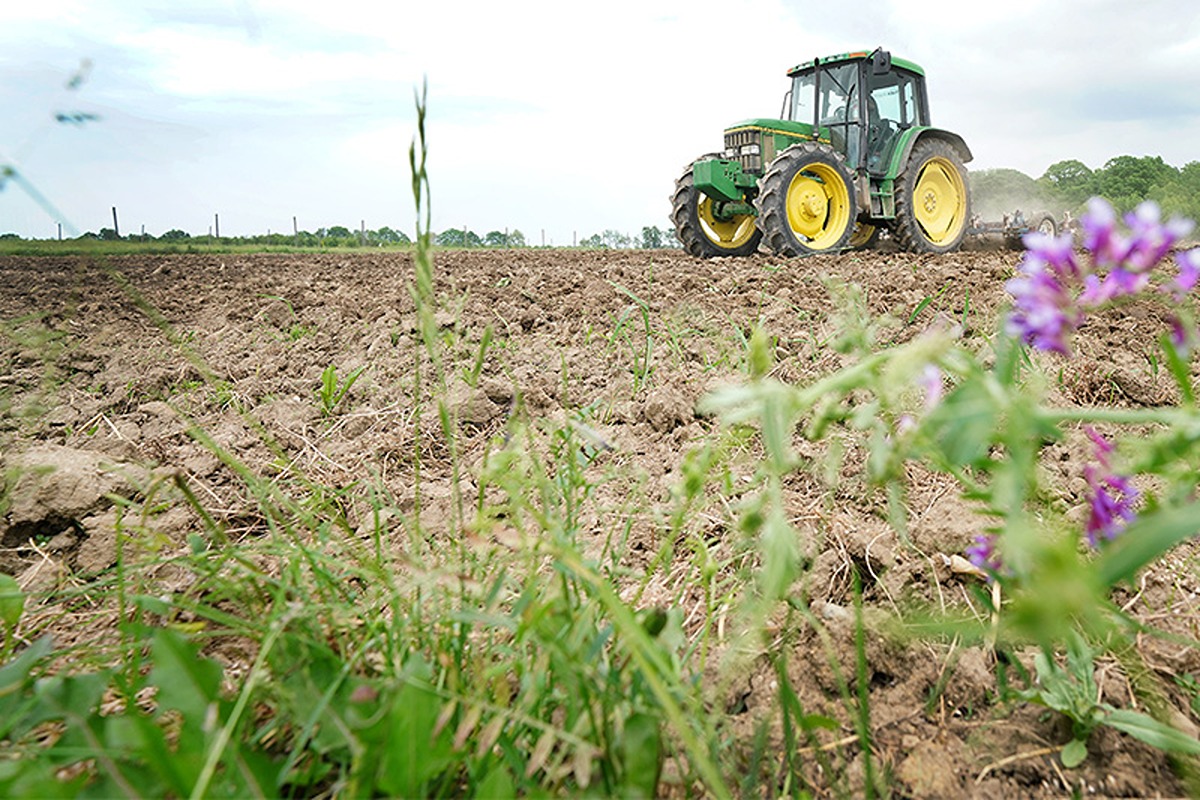Indiana farmland prices reach new record highs in 2024
Indiana farmland prices have continued the trend of record highs in 2024, according to the latest Purdue Farmland Value and Cash Rents Survey results.
The survey is conducted out of the Purdue University Department of Agricultural Economics and produced through the cooperation of numerous professionals knowledgeable about Indiana’s farmland market. These professionals provide an estimate of the market value for bare poor-, average- and top-quality farmland in December 2023, June 2024 and a forecast for December 2024.
The average price of top-quality farmland reached $14,392 per acre, a 4.8% increase from June 2023. Average- and poor-quality farmland also saw gains, with prices increasing 3.7% and 4.4% to $11,630 and $9,071 per acre, respectively.
“While farmland prices increased between 2023 and 2024, survey respondents noted that much of the growth appears to have taken place in the latter half of 2023,” said Todd Kuethe, the Schrader Endowed Chair in Farmland Economics at Purdue and the survey’s author. “A number of forces, such as high interest rates and lower farm incomes, are placing downward pressure on prices, but the limited supply of land is keeping prices firm.”
The change in farmland prices varied significantly across regions and quality grades. The southwest region experienced exceptionally high appreciation rates, especially for top- and average-quality land, while the southeast region saw the most pronounced declines across all quality grades. Top-quality land in the southwest now surpasses the central region in price per acre. However, the central region continues to hold the highest values for average- and poor-quality land.
Kuethe also noted that respondents expect a modest decline in farmland prices through the rest of 2024, though prices are anticipated to remain slightly above those from June 2023. Additionally, land transitioning out of agricultural production surged in value by 21.6%, driven by large-scale development projects, while recreational land prices dipped slightly. Statewide cash rents saw minimal changes, with some variation across regions, reflecting broader trends in land values.
The Department of Agricultural Economics conducts the Purdue Farmland Value and Cash Rents Survey each June and it is published in the quarterly publication Purdue Agricultural Economics Report.
About Purdue Agriculture
Purdue University’s College of Agriculture is one of the world’s leading colleges of agricultural, food, life and natural resource sciences. The college is committed to preparing students to make a difference in whatever careers they pursue; stretching the frontiers of science to discover solutions to some of our most pressing global, regional and local challenges; and, through Purdue Extension and other engagement programs, educating the people of Indiana, the nation and the world to improve their lives and livelihoods. To learn more about Purdue Agriculture, visit this site.
About Purdue University
Purdue University is a public research university leading with excellence at scale. Ranked among top 10 public universities in the United States, Purdue discovers, disseminates and deploys knowledge with a quality and at a scale second to none. More than 106,000 students study at Purdue across multiple campuses, locations and modalities, including more than 57,000 at our main campus locations in West Lafayette and Indianapolis. Committed to affordability and accessibility, Purdue’s main campus has frozen tuition 14 years in a row. See how Purdue never stops in the persistent pursuit of the next giant leap — including its integrated, comprehensive Indianapolis urban expansion; the Mitch Daniels School of Business; Purdue Computes; and the One Health initiative — at https://www.purdue.edu/president/strategic-initiatives.
Writer: Ashvini Malshe, malshea@purdue.edu, (765) 496-7480
Media contact: Devyn Ashlea Raver, draver@purdue.edu
Sources: Todd Kuethe, tkuethe@purdue.edu
Agricultural Communications: Maureen Manier, mmanier@purdue.edu, 765-494-8415





